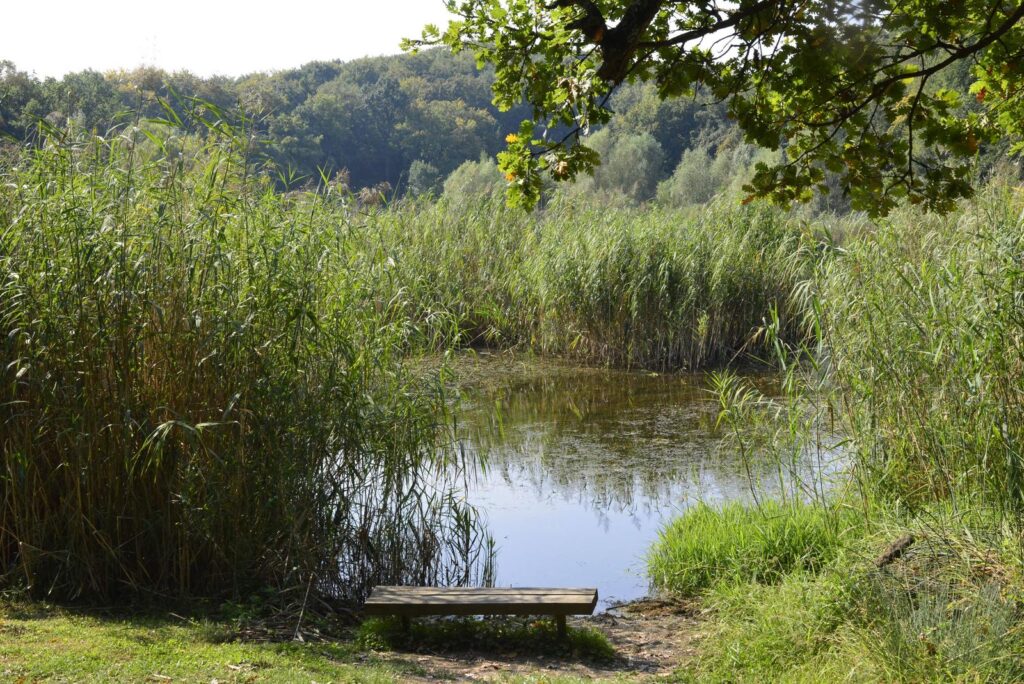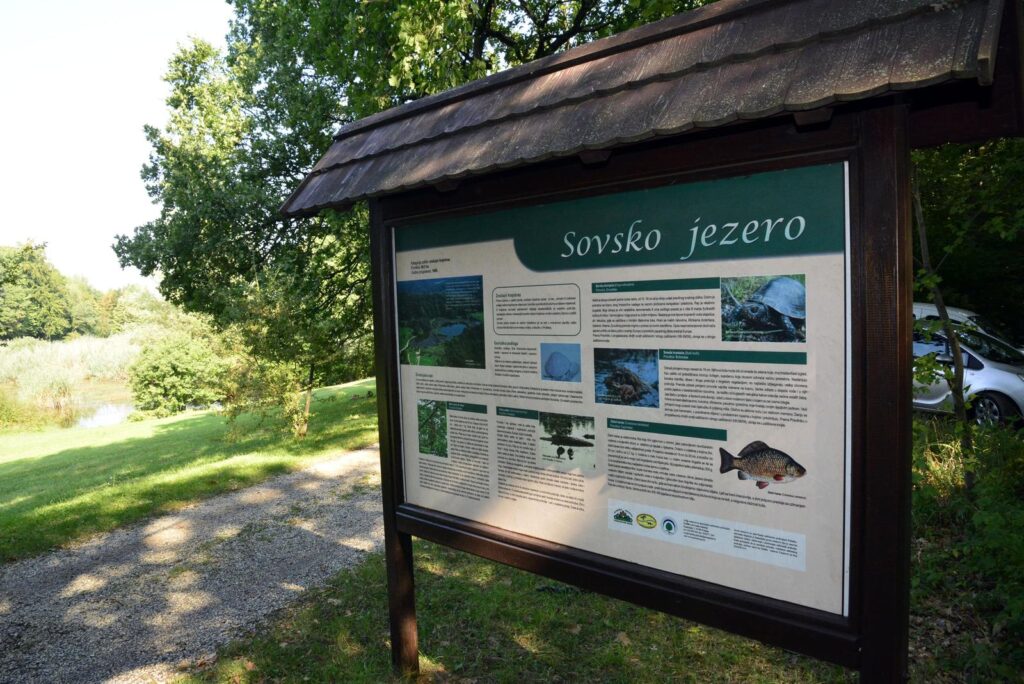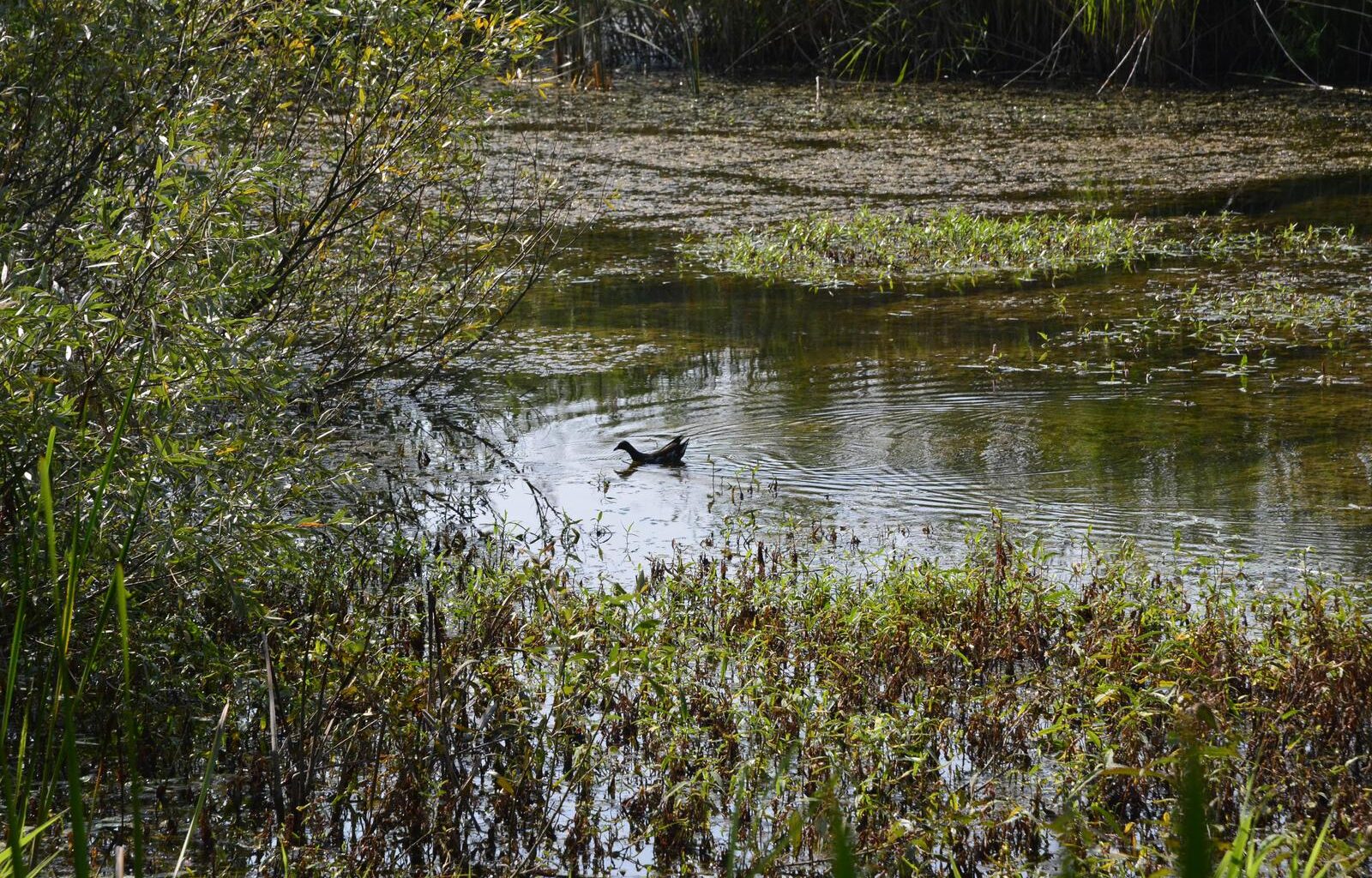October the 25th, 2025 – Some refer to this lake as the very last remnants of the Pannonian sea, but whatever its real origins, the Blue Eye of Slavonia (Modro oko Slavonije) is perfect for a weekend trip.
As Putni kofer/Ivana Vasarevic writes, tucked away in the vast eastern swathes of Croatia, Požega-Slavonia County offers plenty to discover and explore its unique attractions and sights, as well as its excellent local food scene. Outside of the tides of rakija and endless plates of cold cuts, there’s an unknown, undeveloped place, a real little paradise for lovers of untouched nature.
Meet the place many consider to be the last remnants of the ancient Pannonian Sea, the Blue Eye of Slavonia. It’s beautiful Sovsko Lake, located on the very edge of the Požega Basin, on the forested northern slopes of Mount Dilj. The nearest settlement to it is Sovski Dol in the municipality of Čaglin, which is about 35 kilometres from Požega itself. This hidden pearl in the overlooked plains of eastern Croatia lies at an altitude of 430 metres above sea level and is a unique example of a natural lake in the otherwise hilly, undulating area of continental Croatia.
the blue eye of slavonia – the pannonian sea’s last stronghold

Called the “Blue Eye of Slavonia” because it is located in a small, round, natural depression, which, with its shape and dark green colour, which at times shimmers into a magnificent blue, resembles a human eye. Back in 1989, Sovsko Lake was declared a significant landscape, covering an area of around 68 hectares, while the surface area of the lake itself spans about 3,600 square metres.
It is surrounded to the east and northeast by dense forests made up of oak, common hornbeam, mountain beech, holm oak and black ash. On the west and south lie pastures, old orchards and fertile, arable land, which testify to the long-term human presence in the area around the lake itself. Its edges are overgrown with reeds and rushes.
In addition to many species of amphibians and reptiles who call the Blue Eye of Slavonia home, this unique natural lake is also an important refuge for wetland birds (including the reed warbler, coot, grebe, wild duck and grey heron), which nest or feed around and in it.
the natura 2000 ecological network
 Ivica Galovic/PIXSELL
Ivica Galovic/PIXSELL
This magical lake, which is part of the Natura 2000 ecological network, also has its own water source, which is the result of geomorphological activities in the past. Its depth in the central part lies at about ten metres, and it is also interesting to note that, as far as fish are concerned, only one species actually lives in it, the golden crucian carp. Fishing is permitted there only during certain periods of the year, and stocking with other species is strictly prohibited.
The Blue Eye of Slavonia is widely considered the last remnant of the ancient Pannonian Sea in Croatia, as indicated by the surrounding limestone layers with fossils of fish and shellfish. The tourist potential of this place is truly enormous, and it has already been recognised by numerous excursionists who come here to enjoy picnics, barbecues, long walks through the glades and forests, and the magical views from the nearby wooden lookout.
legends, tears and owls…
 Ivica Galovic/PIXSELL
Ivica Galovic/PIXSELL
There are many interesting stories and legends associated with the origin of this relatively unknown eastern Croatian lake. According to one, it, just like the settlement of Sovski Dol itself, was named after owls (owl is sova in Croatian). Another, which was published in the “Natural Geography of Croatia” way back in 1878, was recorded by the poet and ethnologist Luka Ilić Oriovčanin.
He claimed that Lake Sovsko is actually the result of the many tears shed by Danica, who spent days and nights in prayer, shedding tears for her cruel brothers, Peter and Jacob, who oppressed the serfs and made their lives miserable. “For a hundred years, Danica cried, until she drowned in her own tears,” it is written.
Fast-forwarding to 2022, a 556-metre-long educational promenade was opened around the Blue Eye of Slavonia. It surrounds Lake Sovsko and has two piers with resting places and four educational panels. It was built on round wooden piles made of prefabricated wooden elements, which don’t endanger the naturalness and authenticity of this area or any of the creatures who call it home.
Subscribe to our newsletter
the fields marked with * are required
